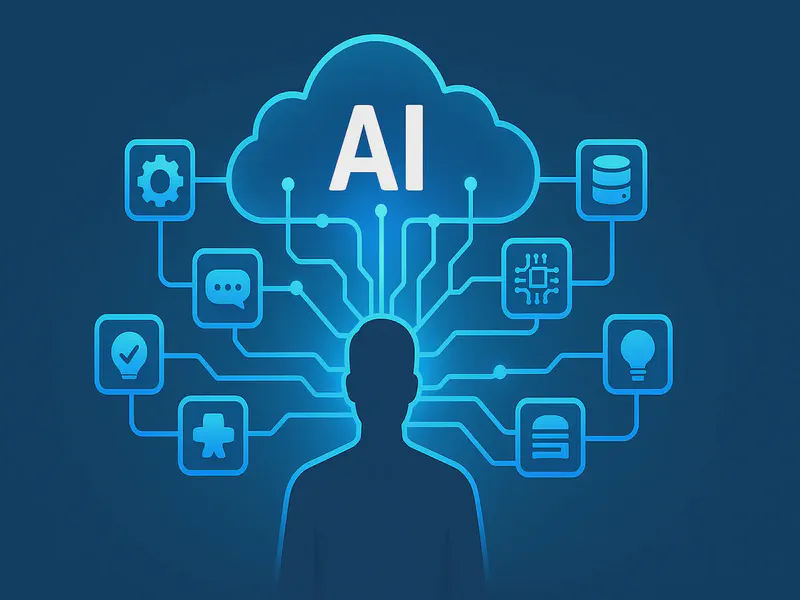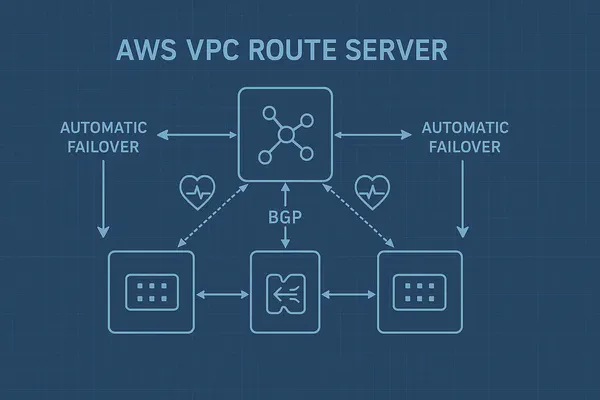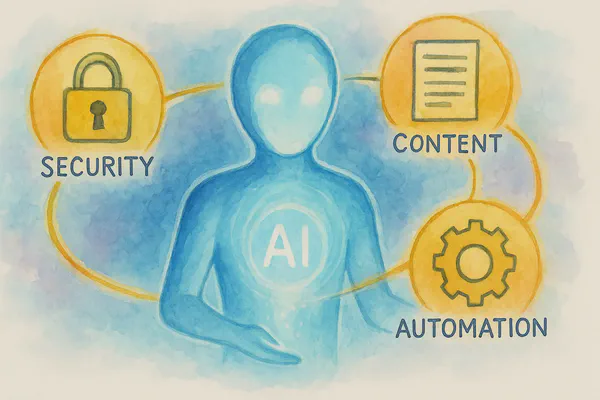
Building Your Personal AI Infrastructure: Beyond Tools to Systems
- Stephen Jones
- Ai
- September 6, 2025
Table of Contents
Daniel Miessler just published something that made me stop and think: “What are we actually building with all these AI tools?” It’s a question that cuts through the hype and gets to the heart of what matters.
His answer? A Personal AI Infrastructure (PAI) - not just a collection of AI tools, but a unified system that grows with you and amplifies your human capabilities.
The Real Question We Should Be Asking
Everyone’s excited about the latest AI features and models. But Miessler argues we’re focusing on the wrong thing. Instead of asking “how do I use this new AI tool?” we should be asking “what am I actually building with AI?”
His system, which he calls “Kai,” isn’t just about having access to Claude or ChatGPT. It’s about creating an infrastructure that:
- Solves problems once and reuses solutions forever
- Maintains context across all your work and life
- Orchestrates multiple tools intelligently
- Grows more powerful as you add components
System Over Intelligence
Here’s the key insight that hit me: the system is more important than the model’s intelligence.
Miessler’s experience building his PAI taught him that a well-designed system with an average model beats a brilliant model with poor system design every time. The orchestration and scaffolding matter more than raw AI capability.
Think about it - how many times have you had a great conversation with ChatGPT, only to lose that context when you start a new session? Or struggled to get consistent results because you couldn’t remember exactly how you prompted it last time?
The Architecture That Actually Works
Miessler’s approach centers on what he calls “file-system-based context.” Instead of cramming everything into massive prompts, he organizes knowledge into a hierarchical structure:
~/.claude/context/
├── projects/ # Project-specific knowledge
├── methodologies/ # Structured approaches
├── philosophy/ # Core beliefs and principles
├── tools/ # Tool documentation
└── tasks/ # Task-specific workflows
Each directory contains specialized knowledge that gets loaded only when needed. It’s like having a perfectly organized brain that never forgets and always knows exactly what information is relevant.
The “Solve Once, Reuse Forever” Philosophy
This is where it gets really powerful. Every time Miessler solves a problem, he turns it into a reusable component:
- Commands for specific workflows (like “write-blog-post” or “analyze-security”)
- Fabric patterns for content analysis and generation
- MCP servers for API integrations
- Agents for specialized tasks
The result? He can say “do a security assessment of that website” and Kai automatically:
- Uses the right tools for tech stack detection
- Runs port scans with appropriate parameters
- Analyzes results using proven methodologies
- Formats everything according to his preferences
All without having to explain the process each time.
Real-World Impact
The examples Miessler shares are genuinely impressive:
Newsletter Automation: His system automatically summarizes and categorizes content from 3000+ sources, telling him what’s worth reading and why.
Custom Analytics: When he needed website analytics, he built a replacement for Chartbeat in 18 minutes. Not because he’s a coding wizard, but because his system knew how to orchestrate the right tools.
Meeting Intelligence: He can ask “what was my takeaway from the meeting about Alex Hormozi?” and Kai searches through his life logs, finds the exact conversation, and extracts the specific insights.
The Human-Centered Approach
What I appreciate most about Miessler’s vision is that it’s fundamentally about human augmentation, not replacement. He’s not trying to build AGI - he’s building a system that makes him more capable as a human.
His mission is helping people transition from what David Graeber called “Bullshit Jobs” to more meaningful work. The PAI becomes the infrastructure that enables this transition by handling routine cognitive tasks and amplifying creative capabilities.
Building Your Own PAI
You don’t need to replicate Miessler’s exact setup. The principles are what matter:
Start with Context Management
- Organize your knowledge systematically
- Create reusable templates and workflows
- Document your processes as you build them
Focus on Integration
- Connect your tools through APIs where possible
- Build workflows that chain multiple capabilities
- Automate the handoffs between different systems
Think in Systems
- Every solution should become a reusable component
- Design for modularity and composability
- Optimize for consistency over one-off brilliance
Measure What Matters
- Track time saved on routine tasks
- Monitor quality improvements in your work
- Assess how much more you can accomplish
The Bigger Picture
Miessler’s PAI points toward a future where everyone has access to superhuman capabilities through intelligent orchestration. Not because AI replaces human judgment, but because it amplifies human intelligence in systematic ways.
The companies building AI tools are creating the components. But it’s up to us to architect the systems that turn those components into genuine productivity multipliers.
Summary
Daniel Miessler’s Personal AI Infrastructure represents a shift from thinking about AI tools to thinking about AI systems. His approach demonstrates that the real power comes not from individual AI capabilities, but from intelligent orchestration of multiple tools working together.
Objectives:
- Understand the difference between AI tools and AI infrastructure
- Learn systematic approaches to context management and workflow automation
- Explore how to build reusable, modular AI solutions
Deliverables:
- Framework for thinking about personal AI infrastructure
- Principles for building systematic AI workflows
- Examples of real-world AI system implementations
The key insight: stop chasing the latest AI features and start building the infrastructure that will amplify your capabilities for years to come. Focus on systems over intelligence, reusability over novelty, and human augmentation over automation.
I hope someone else finds this useful.
References:


